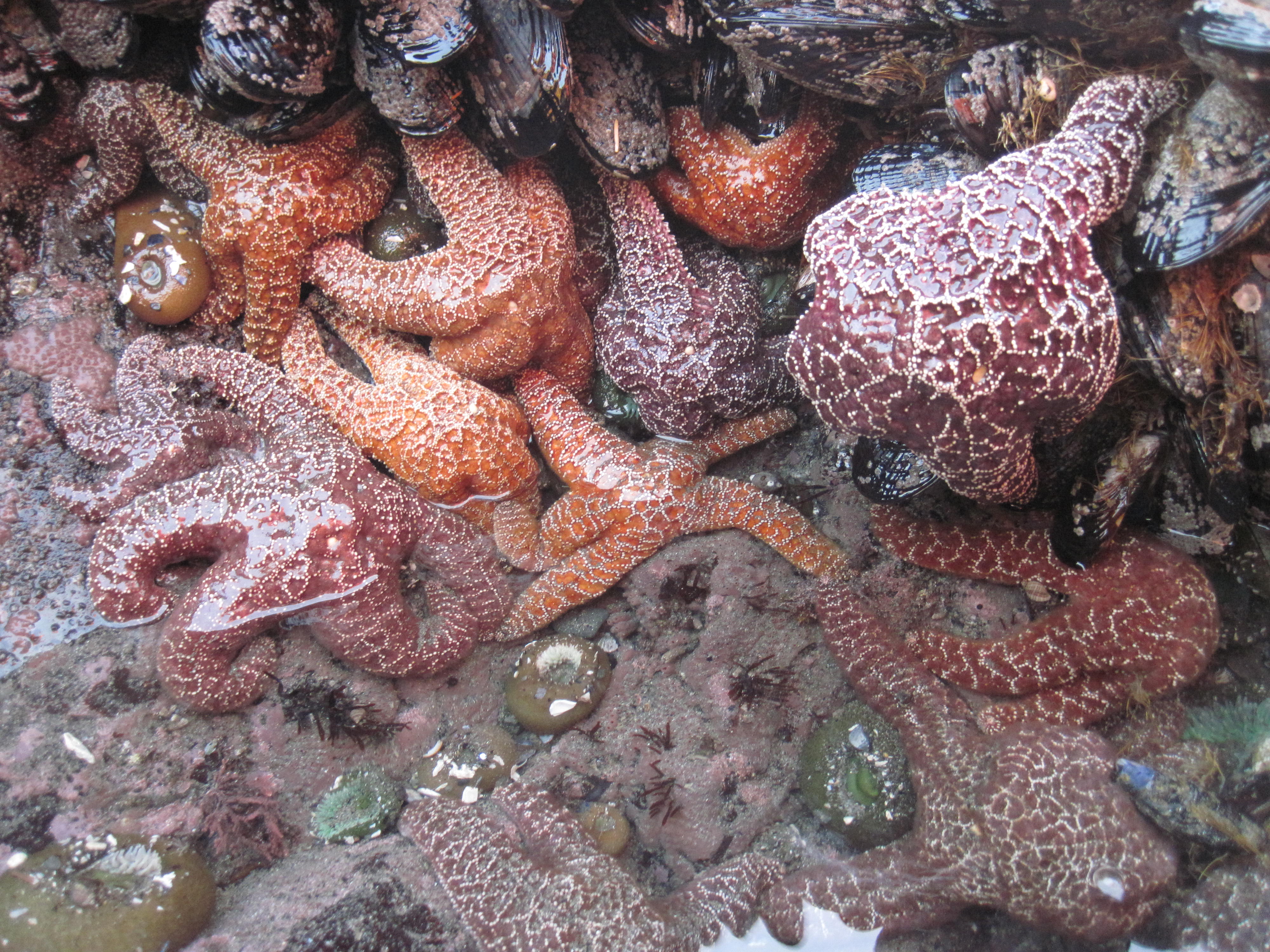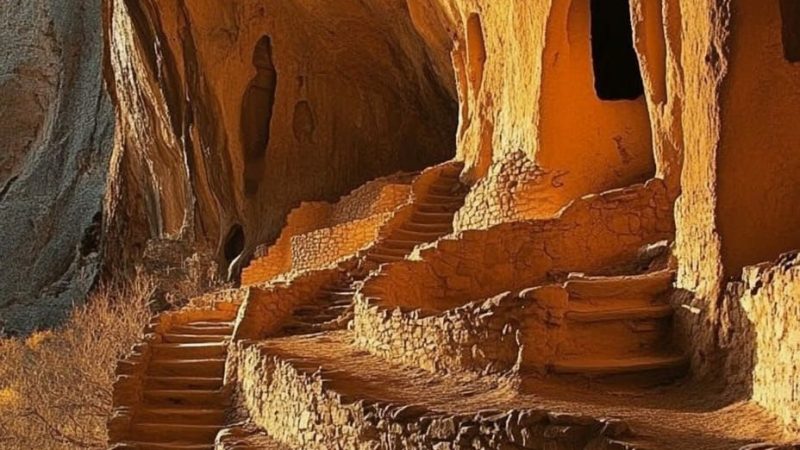Amazing Nature: Strange Creatures Found in the Sea

The oceans are teeming with a remarkable diversity of marine life, and one such captivating creature is the Ochre Sea Star (Pisaster ochraceus). These beautiful and majestic sea stars, also known as starfish, inhabit the rocky shores along the western coast of North America. With their vibrant colors and impressive characteristics, they have become a symbol of the sea’s enchanting wonders.

Ochre sea stars are easily recognizable due to their distinctive appearance. They possess a circular or pentagonal shape with five arms radiating from the center. These arms can grow up to 20 inches in length, making them quite large compared to other species of sea stars. The Ochre Sea Star showcases an impressive array of colors, including shades of orange, red, purple, and sometimes even yellow. The vivid pigmentation acts as a natural camouflage and helps them blend in with their rocky habitat.
These fascinating creatures thrive in intertidal zones, the areas between high and low tide. They are commonly found on rocky shorelines, pilings, and mussel beds along the Pacific coast of North America, ranging from Alaska to Baja California, Mexico. The Ochre Sea Star has also been known to inhabit tide pools, where they can be observed exploring the crevices and feeding on various marine organisms.

Ochre sea stars are voracious predators and play a crucial role in maintaining ecological balance in their ecosystem. Their diet primarily consists of mussels, barnacles, and other small invertebrates. Using their specialized tube feet and powerful suction-cup-like structures on the undersides of their arms, they pry open the shells of their prey and insert their stomachs to digest the soft tissues.
Ochre sea stars have separate sexes, and reproduction usually occurs during the spring and summer months. Males and females release their gametes into the water, where fertilization takes place. The resulting larvae drift in the ocean currents for several weeks before settling onto the ocean floor and transforming into juvenile sea stars. As they mature, they undergo metamorphosis, developing their characteristic five-arm shape.

Ochre sea stars play a critical ecological role by controlling the populations of their prey, such as mussels. This indirect effect, known as “keystone predation,” helps maintain species diversity in the intertidal communities. The absence or decline of Ochre Sea Stars can lead to a significant shift in the ecosystem, altering the entire balance of species in the area.
While Ochre sea stars are not currently listed as endangered or threatened, they face various challenges in their environment. One of the significant threats they encounter is a disease called “Sea Star Wasting Syndrome,” which has caused mass die-offs in several sea star populations along the North American coast. Climate change, pollution, and habitat destruction also pose risks to their survival.
The Ochre Sea Star is a mesmerizing and ecologically vital species that enriches the marine ecosystems it inhabits. Their enchanting appearance and pivotal role in maintaining biodiversity make them one of the most intriguing creatures of the ocean. As stewards of our environment, it is essential for us to protect and conserve these majestic creatures, ensuring they continue to thrive and inspire generations to come.



